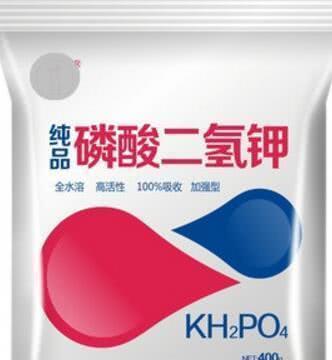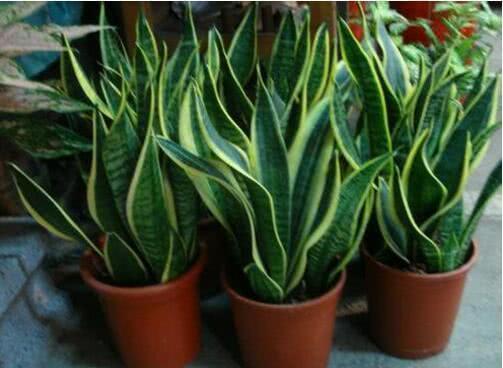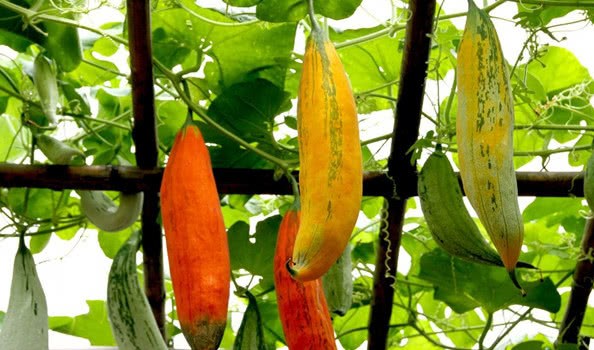And water the flowers with potassium dihydrogen phosphate? Stop it. If you don't learn the right way, it won't boil more and more.

With the improvement of people's living standards, more and more people fall in love with growing flowers, especially some flowering potted plants, which are loved by flower friends, such as longevity flower, crab claw orchid, gentleman orchid, inverted golden bell, rose, rose, gardenia, jasmine and so on. I believe that as long as those who raise flowering potted plants are no stranger to potassium dihydrogen phosphate, this is a kind of nitrogen-free. The compound flower fertilizer containing 50% phosphorus and 30% potassium can well restrain the steep growth of flowers, and its use during flowering can increase the number of flowers and prolong the flowering period. this function is mainly the effect of high phosphorus and high potassium. And they only need to be sprayed on the stems and leaves of flowers, the effect is quick, generally about 5 days can receive the effect, deeply loved by flower friends. But if you do not master the correct use of potassium dihydrogen phosphate, it is very likely that flowers not only do not blossom, but also will die more and more. Flower friends who do not know come and have a look with the floret.
It should be noted that urea cannot be used together.
Some flower friends like to use urea to promote the growth of flowers. Urea is a compound fertilizer containing various nutritional elements, which is neutral, but soluble in water will become alkaline, while potassium dihydrogen phosphate is an acidic flower fertilizer. If a piece is used, it will cause neutralization phenomenon. And it will cause the loss of fertilizer effect, and will produce a kind of harmful substance to flowers and plants. If the dosage is too much, it will cause yellow leaves or even death of potted plants.
The concentration should be moderate, not too much.
Woody flowers such as jasmine, gardenia, rhododendron, etc., are often sprayed with 0.3% potassium dihydrogen phosphate solution during the growing period, which can make their branches strong, leaves luxuriant and flowers colorful.
Herbaceous flowers, such as a string of red, petunia, dahlia, etc., can be sprayed with 0.3% potassium dihydrogen phosphate solution 2 to 3 times in the bud stage to make the flowers large and colorful.
Flower friends should pay attention to that the concentration must not exceed 0.3% when preparing. In general, it is recommended that flower friends use 0.1% between 0.3%. Too high concentration will burn leaves and affect the opening of flowers.
Florists are advised to use it once every 7 days during the growing season, but not during the non-growing period, because potassium dihydrogen phosphate can also inhibit the growth of flowers.
Do not use it at will. Morning and evening are recommended.
Many flowers use potassium dihydrogen phosphate foliar spray during flower bud differentiation to promote flower bud differentiation and bloom more. The common concentration is 0.1%-0.2%, that is, take 1kg of potassium dihydrogen phosphate and then add water to 1 kg (about 1 liter). Spray the leaves with small spray cans in the early morning or evening.
Because if it is used at noon or high temperature during the day, the water evaporates quickly, and the fertilizer is not easy to be absorbed, and if it cannot be absorbed and stuck on the leaves, there will be some damage to the leaves. If used in the morning or evening, there will be dew outdoors, so that the solution can be easily absorbed.
Sweet little sticker:
1. When raising daffodils, a week after the daffodils are in the water, the daffodils send out tender leaves and fibrous roots have grown at the base. They can be soaked with 0.1% potassium dihydrogen phosphate solution instead of water for one day a week to promote the width of the leaves and the fragrance of flowers.
2. Often wipe the leaves with 0.1% concentration of potassium dihydrogen phosphate solution, which can not only remove the dust on the leaves, scrub repeatedly from the leaf tip to the leaf, front and back, but also make the piece green and bright, and make the gentleman orchid blossom more and bigger, without arrows.
Flower friends, have you learned it?
- Prev

Throw some small needles in the basin, thick roots all become strong buds in an instant, 1 basin becomes 10 changes.
Tiger Pilan is a kind of split planting that flower friends like. The leaf shape here is beautiful and evergreen all the year round. It is a very beautiful potted plant for viewing leaves. But some flower friends say that Tiger Pilan is growing too slowly. Is there any good way to make the tiger skin half..
- Next

How to cultivate mouse melon? Planting and maintenance skills of mouse melon in greenhouse
Mouse melon is a new type of melon and fruit, which can not only be eaten but also used for viewing. Its characteristic is that it looks like a mouse. The young melon is green and slowly turns red after it is stated. It has a very high ornamental value.
Related
- Wuhan Hospital Iron Tree Blooming Result Was Instantly Frightened by the Gardener Master
- Which variety of camellia is the most fragrant and best? Which one do you like best?
- What is the small blue coat, the breeding methods and matters needing attention of the succulent plant
- Dormancy time and maintenance management of succulent plants during dormancy
- Minas succulent how to raise, Minas succulent plant pictures
- What are the varieties of winter succulent plants
- How to raise succulent plants in twelve rolls? let's take a look at some experience of breeding twelve rolls.
- Attention should be paid to water control for succulent plants during dormant period (winter and summer)
- Watering experience of twelve rolls of succulent plants
- Techniques for fertilizing succulent plants. An article will let you know how to fertilize succulent plants.

